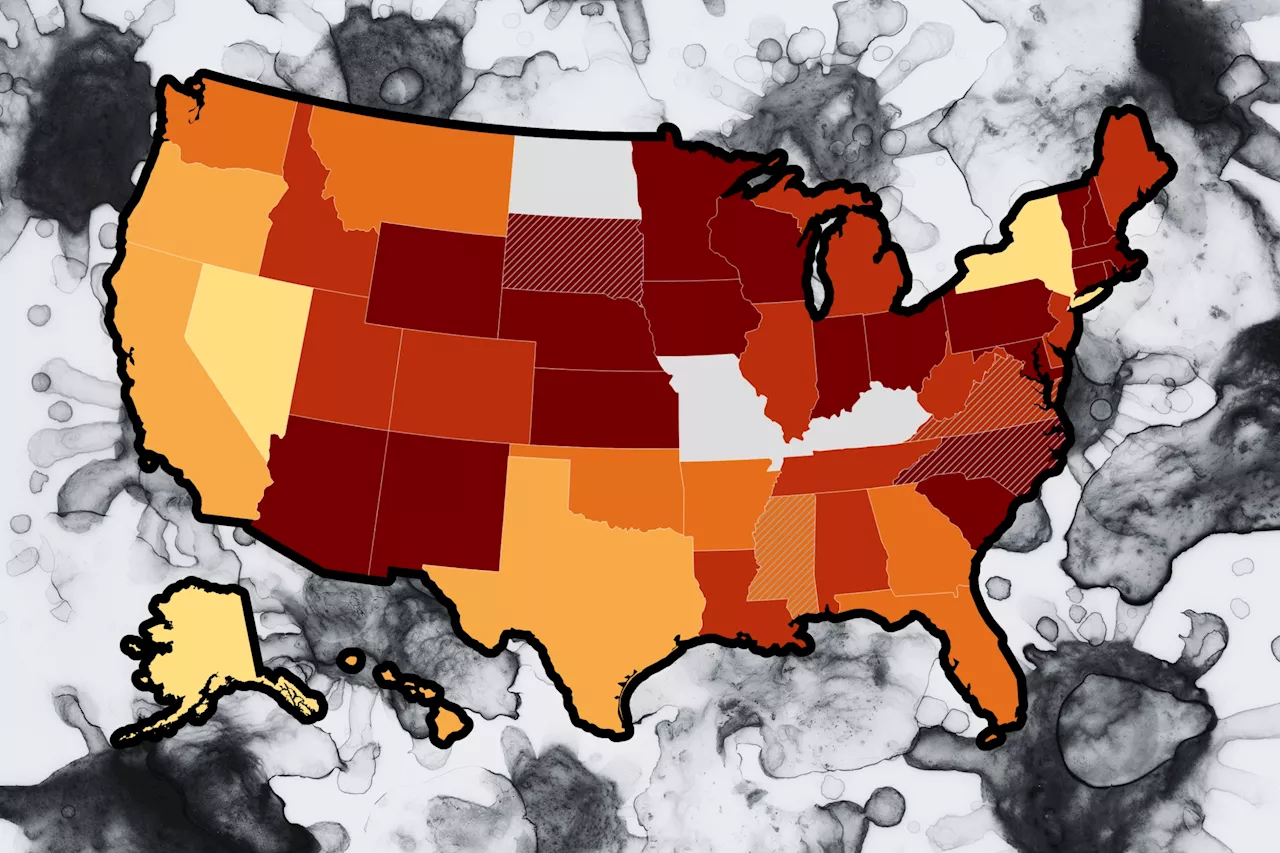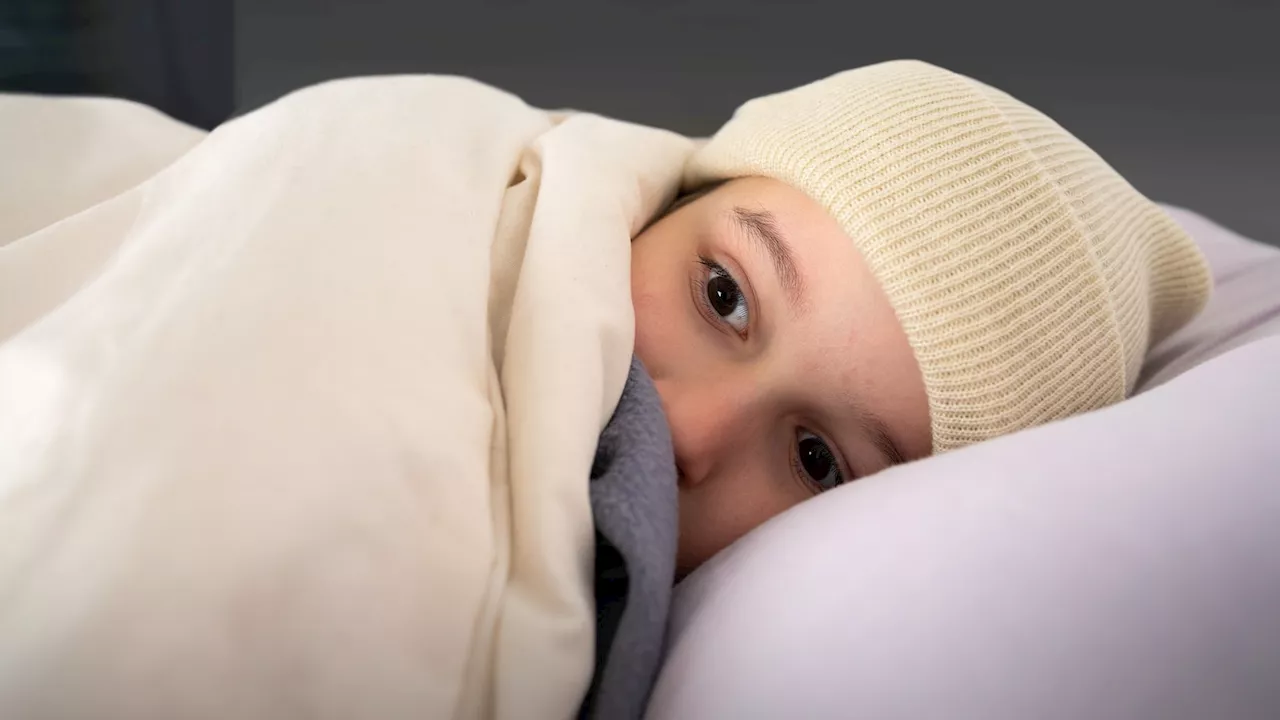A new CDC study reveals that approximately 1.4% of US children have experienced long COVID, with 0.4% currently living with the condition. The study highlights disparities in long COVID prevalence among racial and socioeconomic groups.
Long COVID, a condition where patients experience lingering symptoms for at least three months after clearing an infection, has been extensively documented in adults. However, its impact on children has remained less clear. Researchers from two divisions within the Centers for Disease Control and Prevention ( CDC ) delved into data from the 2023 National Health Interview Survey, a nationwide study tracking the health of the U.S. population.
The survey involved selecting one child aged 17 or under from each participating household, with parents answering questions about their child's history of COVID-19 illness, enduring symptoms lasting three months or longer, and the presence of those symptoms at the time of the interview. Findings published in the journal JAMA Pediatrics revealed that approximately 1.01 million children, or 1.4%, are estimated to have ever experienced long COVID in 2023. Around 293,000 children, representing 0.4%, were currently experiencing the condition during the survey period. This aligns with the estimated 1.3%, or about 1 million, of children who were thought to have had long COVID in 2022, according to the researchers.Children between the ages of 12 and 17 were most susceptible to experiencing long COVID, either in the past or currently. The prevalence of long COVID was also higher among Hispanic and non-Hispanic white children compared to non-Hispanic Black and Asian children. Furthermore, long COVID was most prevalent among children from families with an income under $100,000 and those whose parents held an associate's degree or less. Among children actively experiencing long COVID during the interview, 80% reported experiencing some level of activity limitation compared to their pre-COVID-19 state. The authors emphasized the need to investigate the severity of activity limitations, functional outcomes, and school absenteeism due to this large proportion of children facing activity restrictions. The study also suggests a potential underestimation of long COVID cases in younger children due to difficulties in articulating their symptoms. While long COVID most frequently affects individuals with severe initial illness, anyone can develop the condition
LONG COVID CHILDREN CDC HEALTH STUDY SYMPTOMS ACTIVITY LIMITATION RACIAL DISPARITIES
United States Latest News, United States Headlines
Similar News:You can also read news stories similar to this one that we have collected from other news sources.
 James Mangold is setting his Star Wars a long, long time ago to avoid tangled loreMangold's upcoming Star Wars prequel will take place 25,000 years before any of the other films, to avoid tangled lore.
James Mangold is setting his Star Wars a long, long time ago to avoid tangled loreMangold's upcoming Star Wars prequel will take place 25,000 years before any of the other films, to avoid tangled lore.
Read more »
 Port of Long Beach CEO Cordero hails long list of ‘green’ victories in annual speechThe State of the Port speeches by both Long Beach and Los Angeles draw huge crowds each January.
Port of Long Beach CEO Cordero hails long list of ‘green’ victories in annual speechThe State of the Port speeches by both Long Beach and Los Angeles draw huge crowds each January.
Read more »
 Higher White Blood Cell Count Linked to More Severe Long COVID Symptoms in WomenA new study suggests a correlation between higher white blood cell counts and the severity of long COVID symptoms in women. Researchers analyzed blood samples from over 1,200 women who participated in a COVID study and found that 36% experienced long COVID symptoms, with 75% of those women reporting two or more symptoms. The study proposes that elevated inflammation, potentially pre-existing or triggered by the initial infection, could contribute to the persistence of long COVID symptoms.
Higher White Blood Cell Count Linked to More Severe Long COVID Symptoms in WomenA new study suggests a correlation between higher white blood cell counts and the severity of long COVID symptoms in women. Researchers analyzed blood samples from over 1,200 women who participated in a COVID study and found that 36% experienced long COVID symptoms, with 75% of those women reporting two or more symptoms. The study proposes that elevated inflammation, potentially pre-existing or triggered by the initial infection, could contribute to the persistence of long COVID symptoms.
Read more »
 Study shows impact of Long COVID on Ohio workers, need for clinicians to fill gapsThe research included individual interviews with 21 adult patients of the post-COVID recovery clinic at the Ohio State Wexner Medical Center in 2022.
Study shows impact of Long COVID on Ohio workers, need for clinicians to fill gapsThe research included individual interviews with 21 adult patients of the post-COVID recovery clinic at the Ohio State Wexner Medical Center in 2022.
Read more »
 COVID-19 Levels Surge in US Wastewater, CDC ReportsThe CDC reports a significant increase in COVID-19 levels detected in US wastewater, raising concerns about the potential for a new surge.
COVID-19 Levels Surge in US Wastewater, CDC ReportsThe CDC reports a significant increase in COVID-19 levels detected in US wastewater, raising concerns about the potential for a new surge.
Read more »
 Respiratory virus activity remains 'high' in US and will 'continue for several more weeks': CDCCases of flu, COVID and RSV remain high across the U.S., CDC data shows.
Respiratory virus activity remains 'high' in US and will 'continue for several more weeks': CDCCases of flu, COVID and RSV remain high across the U.S., CDC data shows.
Read more »
